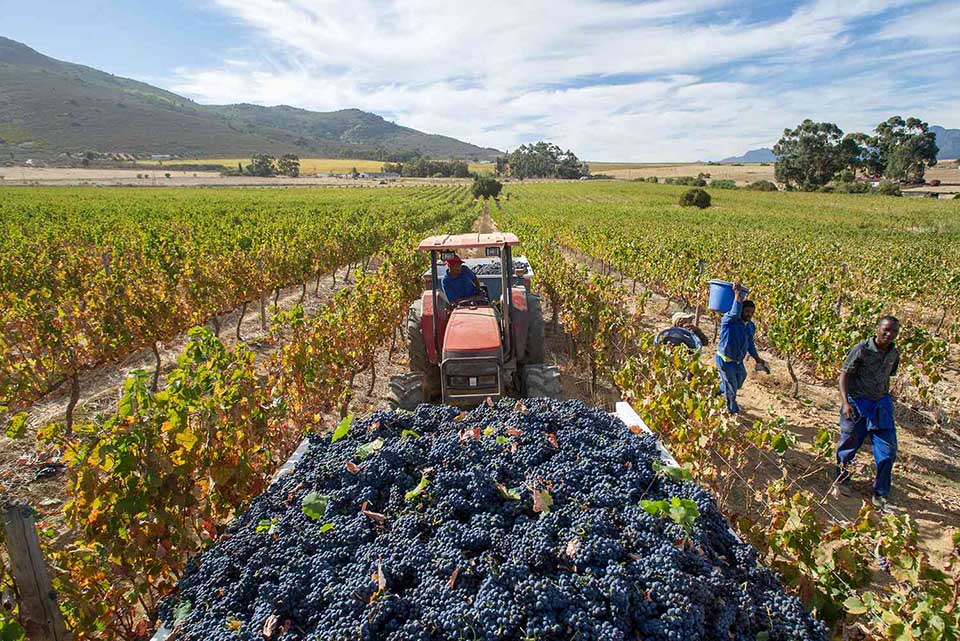
Have you had this experience? On holiday, you drink a delightful local wine in a charming little restaurant. Then you buy a few bottles of the same thing to take back home as a reminder of your holiday. But when taste the wine at home, all the magic seems to have evaporated and it tastes much the same as any other plonk that you could have picked up in the supermarket. Part of the problem might be due to the fact that some local wines just don’t travel well. But it’s much more likely that psychological factors are at work.
Experimental psychologists at Oxford University have found that the colour of ambient light significantly influences the way we perceive taste. In addition, a study the University of Tübingen found that participants rated wine as tasting 50 percent sweeter if tasted under red light, rather than blue or white light. In a more recent experiment sponsored by Spanish wine label Campo Viejo, winemaker Roberto Vicente was astonished to discover that his own wine tasted different when the laboratory lights were switched from white to red. In red light, the wine tasted riper and sweeter than in white light.
What we taste, smell, see, hear and feel are all illusions created by the brain, because that’s how we experience what we call reality. Professor Charles S. Zuker of Columbia University Medical Center explains that “taste, as we know it, is ultimately in the brain, not in the tongue.” The tongue has taste receptors certainly but it appears that the brain is responsible for decoding their signals. Many neurologists now believe that the brain naturally connects outside stimuli rather than treating them in isolation.
But I believe that there are other issues involved. Management expert Gil Silberman explains that “a good hotel is not simply renting you shelter for the night and a good restaurant is not selling you food for the stomach. What each sells you, and what you are paying for, is the experience.” When you taste your holiday wine again at home, you’re no longer in the convivial and romantic surroundings experienced in the restaurant. The wine tastes different because the experience is different. The climate, environment, temperature, humidity, lighting and the ambient sounds are likely to be completely different to those attending the original experience.
A couple of years ago, I tasted a Chenin Banc from a reliable South African company, Rhanleigh Wines. At the time, it seemed passably good but not spectacular. However, it had been a tiring week and I was not feeling particularly spectacular myself. The wine was tasted in the clinical conditions of my wine tasting laboratory, which everyone else calls the kitchen. Then, just a few nights ago, I had something of a revelation.
Rhanleigh Chenin Blanc 2020 (white), South Africa (Bt 479 + tax @ Vines to Vino, Pattaya)
It was a warm and pleasant evening on Jomtien Beach. The sun had just dipped beneath the horizon and a refreshing cool breeze was wafting ashore. The restaurant was alive with amicable social chatter and general bonhomie. (It was Sandbar by the Sea, since you asked). I asked for a glass of Rhanleigh Chenin Blanc, having completely forgotten the experience of two years earlier. But this time, the wine had a delightful aroma of guava, citrus and apple. There was a hint of dusty herbs and the wine seemed to me a perfect example of a warm-climate Chenin Blanc. I eventually remembered that I’d tasted the wine before but it certainly seemed a better wine than the one sampled at home. It slowly dawned that the “holiday wine experience” also appears to work in reverse.
 You might not be particularly familiar with this grape but it’s associated with France’s Loire Valley where it’s been grown since the ninth century. It was first planted in South Africa during the seventeenth century and for the next three hundred years, it was known there as Steen. Not until 1965 did researchers discover that Steen was exactly the same thing as Chenin Blanc. Today, there’s twice as much planted in South Africa as there is in France.
You might not be particularly familiar with this grape but it’s associated with France’s Loire Valley where it’s been grown since the ninth century. It was first planted in South Africa during the seventeenth century and for the next three hundred years, it was known there as Steen. Not until 1965 did researchers discover that Steen was exactly the same thing as Chenin Blanc. Today, there’s twice as much planted in South Africa as there is in France.
The Rhanleigh Chenin Blanc is a crisp and fruity wine with a touch of acidity. It feels young and fresh on the palate with plenty of fruit up-front. If you enjoy Chardonnay, you’ll probably enjoy this too, though it has more delicate aromas and a lighter texture. It’s an entry-level wine; pleasant and unassuming and at 13.5% ABV, it’s perfect to drink on its own. It would make an excellent partner for fish and most seafood, cooked egg dishes or spring vegetables.
Sandbar by the Sea has an interesting range of wine and several good house wines which are excellent value and available by the glass, including this Chenin Blanc (at Bt 220 per glass). You can find the restaurant on Jomtien’s Dongtan Beach, directly opposite the car park near the police station. They have live music and dancing at the weekends (at the restaurant I mean, not the police station) so if you prefer to eat and drink in peace, visit between Monday and Thursday. Try the Rhanleigh Chenin Blanc while you’re there.





